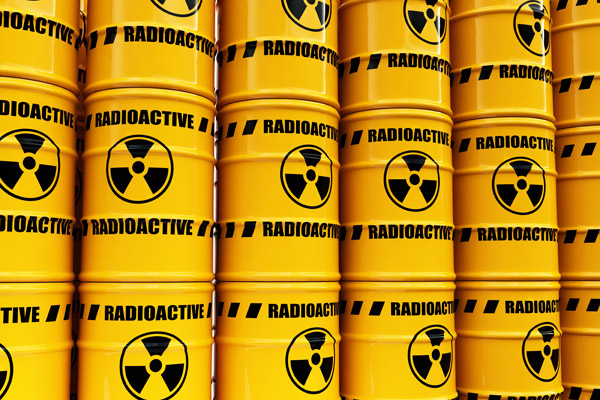
Nuclear radiation is the most deadly form of pollution. Nuclear disasters have the greatest damage potential out of all environmental disasters caused by humans. Radiation released into the air from a nuclear disaster poses acute and chronic risks to those in an immense geographic area. The danger persists for a very long time because half lives of radioactive material allow contamination to last for hundreds of years. Past catastrophes with nuclear power plants have raised concerns over the nuclear reactors used to generate electric power. There have been several nuclear disasters throughout history that frightened the public. The incident in Chernobyl is one of the most famous. 1
The Chernobyl Disaster
The Chernobyl Disaster occurred on April 25th, 1986, in Ukraine. Thirty people were killed immediately. More than thirty times the radiation of the atomic bombs dropped on Japan in World War II was released. 2 Hundreds of thousands of individuals had to be evacuated from the surrounding area. The accident was caused by an error from testing one of the reactors improperly. The operator error led to the reactor’s power dropping below required levels, which set off a power surge that caused the fuel rods to rupture, triggering explosions that destroyed the reactor’s core and blew apart the reactor’s steel structure. 3 The accident destroyed the reactor and released huge amounts of radioactive iodine (I-131) and radioactive cesium (Cs-137) into the air. 4 The health impacts were devastating. Thyroid cancer rates soared in contaminated regions following the accident. Leukemia rates in Turkey skyrocketed as well. 5 The radiation fallout also had a severe economic impact in terms of the cost of decontamination, accident cleanup and lost agricultural production from the evacuated areas. 6
- Klevans, Edward and Farber, Darryl, “Chernobyl,” in Encyclopedia of Science, Technology and Ethics, (Detroit: Macmillan Reference USA, 2005). ↩
- Ibid. ↩
- Stapleton, Richard M., “Disasters: Nuclear Accidents,” in Pollution A to Z, (New York: Macmillan Reference USA, 2004). ↩
- Klevans, Edward and Farber, Darryl, “Chernobyl,” in Encyclopedia of Science, Technology and Ethics, (Detroit: Macmillan Reference USA, 2005). ↩
- Stapleton, Richard M., “Disasters: Nuclear Accidents,” in Pollution A to Z, (New York: Macmillan Reference USA, 2004). ↩
- Klevans, Edward and Farber, Darryl, “Chernobyl,” in Encyclopedia of Science, Technology and Ethics, (Detroit: Macmillan Reference USA, 2005). ↩
